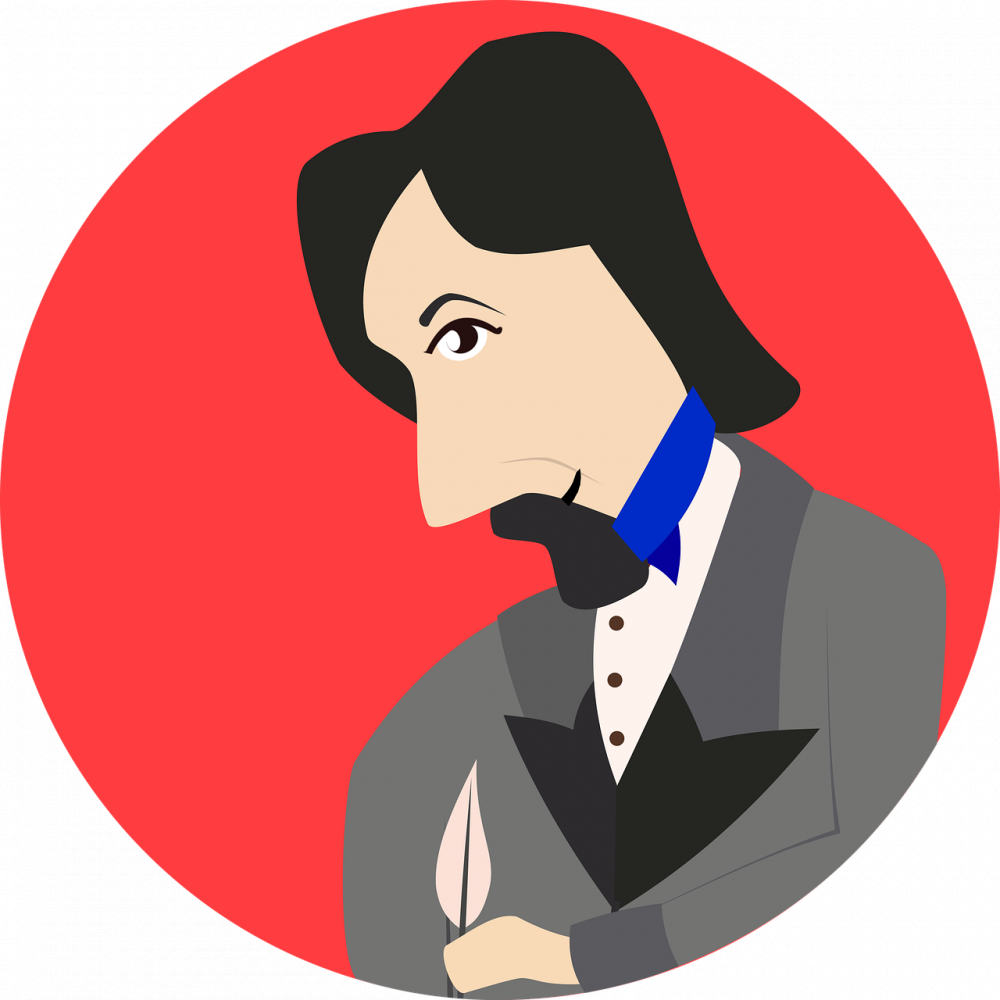Jane Austens Pride and Prejudice is a timeless classic that continues to captivate readers with its witty portrayal of 19th-century English society

This novel, published in 1813, explores themes of love, marriage, social class, and gender roles, making it relevant even in today’s world.
“Pride and Prejudice” follows the story of Elizabeth Bennet, a strong-willed and independent young woman, as she navigates the complex web of courtship and societal expectations. Set in rural England, the novel takes us through the lives of the Bennet family, including Elizabeth’s four sisters, their parents, and the various suitors that enter their lives.
One of the key elements that make “Pride and Prejudice” so beloved is Austen’s masterful portrayal of characters. Each individual is uniquely flawed and complex, and through their interactions, Austen explores the intricacies of human relationships. The sharp and witty dialogue adds an element of humor to the story and showcases Austen’s keen observational skills.
Throughout the novel, Austen examines the role of women in society, highlighting the limited options available to them during that time period. Elizabeth, with her intelligence and strong sense of self, challenges societal norms and expectations. She stands as a symbol of female empowerment, inspiring generations of readers.
Not only is “Pride and Prejudice” a compelling love story, but it also provides a fascinating glimpse into 19th-century England. Austen delves into the social hierarchy of the time, focusing on the stark differences between the landed gentry and the lower classes. The novel explores the importance of wealth, reputation, and social connections in shaping people’s lives and chances for love and marriage.
Over time, “Pride and Prejudice” has become a cultural phenomenon, with numerous adaptations in various mediums. It has been adapted into films, television series, and even stage productions, each presenting a unique interpretation of Austen’s work. These adaptations have helped introduce the novel to new audiences and have contributed to its enduring popularity.
In recent years, “Pride and Prejudice” has gained even more recognition through the digital age. Online forums and social media platforms have allowed fans to connect and share their love for Austen’s writing. The novel has also been analyzed and discussed extensively in academic circles, further cementing its status as a literary masterpiece.
To optimize this article for a featured snippet on Google, it is essential to structure the text in a way that captures the main points concisely. Here is an example of how this can be achieved:
1. Introduction
– Brief overview of “Pride and Prejudice” and its significance in literature
2. The Story and Characters

– Exploration of the plot and key characters, including Elizabeth Bennet and Mr. Darcy
– Discussion of the themes of love, marriage, and societal expectations
3. Social Context
– Examination of 19th-century England and the role of social class
– Analysis of gender roles and the limited options for women during that time
4. Literary Analysis
– Appreciation of Austen’s writing style, including her use of dialogue and humor
– Discussion of the novel’s lasting impact and its enduring relevance
5. Adaptations and Popularity
– Overview of the various adaptations of “Pride and Prejudice” in film, television, and stage
– Analysis of the novel’s place in popular culture and its impact on subsequent works
6. Online Presence and Academic Discussion
– Exploration of how the digital age has contributed to the novel’s popularity
– Highlighting the extensive analysis and academic study of “Pride and Prejudice”
In conclusion, Jane Austen’s “Pride and Prejudice” remains a beloved classic that continues to resonate with readers of all ages. Its engaging story, well-developed characters, and exploration of timeless themes make it a must-read for any literature enthusiast. Whether through its original text or its various adaptations, this novel has left an indelible mark on the literary world and continues to captivate audiences worldwide.
















































